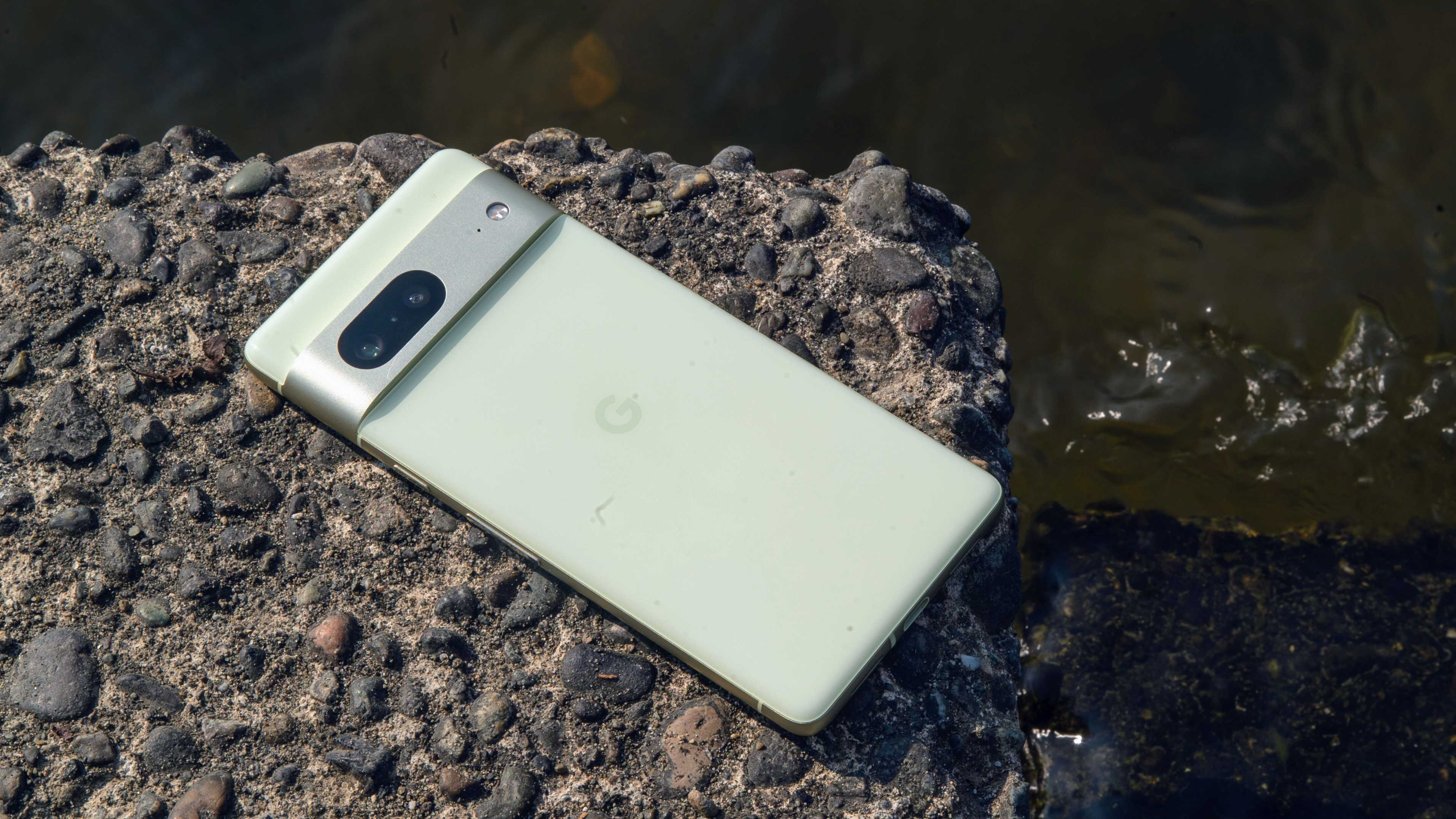Can you use reverse wireless charging with Pixel 7?
Flip it and reverse it.
Can you use reverse wireless charging with Pixel 7?
Best answer: Yes. The Google Pixel 7 does support reverse wireless charging, allowing you to charge other compatible devices wirelessly using a feature called Battery Share. But it’s limited by some factors, including what types of devices and the speed.
What is Reverse Wireless Charging and How Does it Work With the Pixel 7?
Why you can trust Android Central

Reverse wireless charging is a feature that some of the latest Android smartphones possess, allowing you to use the phone itself to recharge another device. This could include everything from a second phone to a tablet, pair of true wireless headphones, and other devices. It was first offered in the Huawei Mate 20 Pro in 2018 and has since been made available in devices like Samsung's S10 series phones and others. You'll find reverse wireless charging in some of the best Android phones.
Reverse wireless charging with Pixel is called Battery Share, and it can be used to charge other Qi-enabled wireless devices. To do this, turn Battery Share on and simply place the device on the back of the phone and move it around to follow the placement diagram on the screen until you find the sweet spot. If the phone is plugged in, Battery Share will automatically turn on for a short period of time for you to leverage the phone for a secondary device and keep the second wall outlet free.
Note that the Google Pixel 7 smartphone will only charge at 5W speeds, which is pretty slow. Nonetheless, it's enough to get you a few percent when you just need a bit of juice in a pinch. For example, you could use this feature to recharge your Google Pixel Buds Pro true wireless earbuds to give you enough power to listen to tunes for the rest of the public transit ride home or finish that important call with a client while you're on the road.
It can work even when the phone is in a protective case, though that depends on the thickness of the specific case. But since the item has to sit still on the back of the phone, you won't be able to use your phone (beyond for things like calls or music through a Bluetooth headset or headphones, for example) while the other wireless product is charging. A neat feature is the ability to set a level at which you don't want Battery Share to work, like when your phone only has 10 percent battery left that you need to conserve.
However, one thing to note is that you cannot charge the new Google Pixel Watch with the Google Pixel 7. The smartwatch, the first branded device from Google, does not support Qi wireless charging. For now, it can only be charged using the USB-C charging puck that comes with it.
However, go ahead and try charging other Qi-enabled devices with the Pixel 7 phone. Using the Extreme Battery Saver mode, its rated battery life is beyond 24 hours, even up to 72 hours. That's plenty of power to sacrifice some for other wireless devices, so everything you need on the go stays up and running as you need them, no power outlets needed.

Battery for everyone
The Google Pixel 7 is full of useful, premium features like a Tensor G2 chip and stunning 6.3-inch FHD+ 90HZ OLED display. One neat feature some might not know about, however, is reverse charging via Battery Share which lets you charge other Qi wireless-enabled devices on the go using the phone’s battery.
Get the latest news from Android Central, your trusted companion in the world of Android

Christine Persaud has been writing about tech since long before the smartphone was even a "thing." When she isn't writing, she's working on her latest fitness program, binging a new TV series, tinkering with tech gadgets she's reviewing, or spending time with family and friends. A self-professed TV nerd, lover of red wine, and passionate home cook, she's immersed in tech in every facet of her life. Follow her at @christineTechCA.
